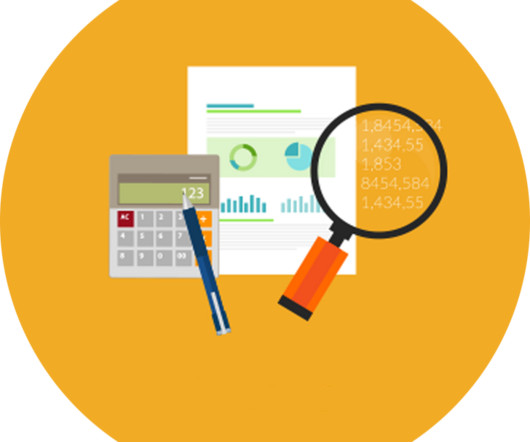Most Common Grant Proposal Errors (and How to Fix Them)
Grant Writing Made Easy
JUNE 25, 2025
Even seasoned grant writers make grant proposal errors, but small changes can be the difference between a funded project and a missed opportunity. Funders review hundreds of applications, and issues such as unclear objectives, vague budgets, or an ineffective statement of need can easily push your proposal to the bottom of the pile.




























Let's personalize your content